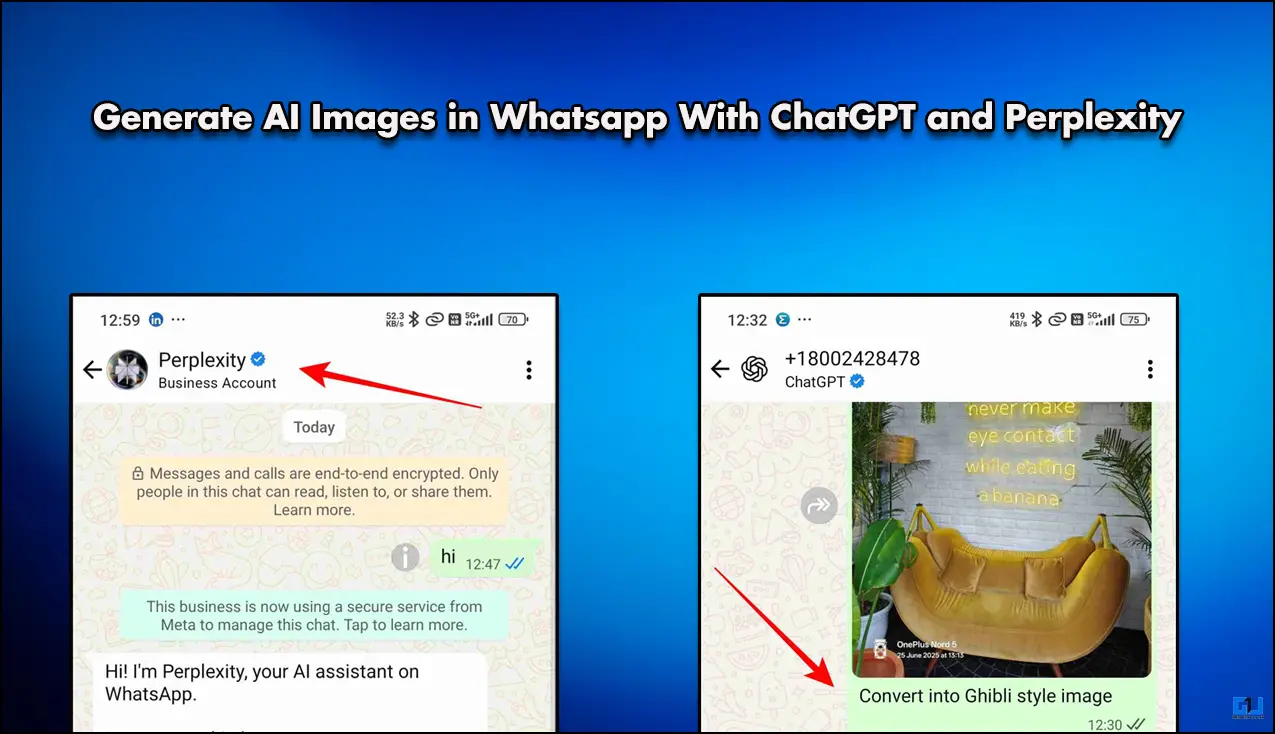Quick Answer
- Moreover, you can use the Virtual ID as many times as you want, or keep generating a new one every time you have to share your unique ID with a service provider.
- This will allow Aadhaar holders to generate a 16-digit temporary number that can be shared with a bank, insurance company and telecom service providers instead of the 12-digit Aadhaar number.
- Authentication may be performed using the Virtual ID in a manner similar to using Aadhaar number,” a UIDAI circular said.
Unique Identification Authority of India (UIDAI) on Wednesday announced a new security feature to prevent Aadhaar data breaches. UIDAI will now issue a 16-digit Virtual ID to prevent Aadhaar number from being shared. The authority will also add a safety feature to ensure only need-based sharing of information with service providers.
UIDAI will start issuing Virtual ID from March 01, 2018. This will allow Aadhaar holders to generate a 16-digit temporary number that can be shared with a bank, insurance company and telecom service providers instead of the 12-digit Aadhaar number. It will not be possible to find an Aadhaar number by using the Virtual ID.
Further, all service providers will also need to upgrade their systems to support the new tool from June. Moreover, you can use the Virtual ID as many times as you want, or keep generating a new one every time you have to share your unique ID with a service provider.
“Aadhaar holder can use the Virtual ID in lieu of Aadhaar number whenever authentication or KYC services are performed. Authentication may be performed using the Virtual ID in a manner similar to using Aadhaar number,” a UIDAI circular said.
How will it work?
The users have to visit UIDAI website and provide their 12-digit Aadhaar number. The UIDAI website will generate a 16-digit temporary Virtual ID. All service providers such as telecom operators will have to accept this Virtual ID instead of Aadhaar number.
Further, users can change their Virtual ID anytime they want to, by logging in again on the UIDAI website. Users will be able to generate Virtual ID from March 01, 2018 and companies must start accepting it from June 01, 2018.
Moreover, companies will get only need-based data from your Aadhaar. The limited sharing of information is also aimed at preventing misuse and data theft. Currently, the five details including name, date of birth, photo, address and mobile number are shared with the service provider at the time of authentication.
The new feature will allow service providers only need-based sharing of data. For example, if you want a new mobile connection, the telecom operator will need only your name, photo, and address.
Users can give their Virtual ID to service providers along with fingerprints at the time of authentication. Also, as per UIDAI, service providers that undertake authentication will not be allowed to generate any Virtual ID on behalf of Aadhaar holders.













